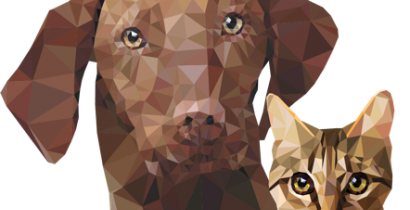Home -> Vectors -> Sand Flies -> Life Cycle
LIFE CYCLE
The biology of each species of sand fly is unique and complex, including reproduction, feeding, dispersal and other activities, and being of importance for the epidemiology of transmitted diseases and vector control (WHO, 1990).
Sand flies undergo complete metamorphosis, passing through four distinct stages during their life cycle: egg, larva, pupa, adult/imago.
In arid and temperate regions, larvae may remain in a state of diapause for many months. In temperate countries, sand flies overwinter as eggs or larvae in a so-called diapause. For this reason, adults can appear early in summer, and leishmaniosis – as one the sand fly-borne diseases – can exist in places with a cold winter (Lewis, 1971). Similarly, diapause might also be the means by which many tropical sand flies survive periods of drought or heavy rain (Ward and Killick-Kendrick, 1974).
Palearctic sand flies overwinter as fourth instar larvae (Killick-Kendrick and Killick-Kendrick, 1987; Ready and Corset, 1980). From laboratory studies, a complete gonotrophic cycle normally does not last less than 6 weeks, but can differ between different species (Killick-Kendrick and Killick-Kendrick, 1999).
Egg
Larva
Pupa
Adult
References
EGG
Eggs are oblong-oval, minute (average 0.3-0.4 mm, according to Shevchenko, 1929) and difficult to find in nature. Newly-laid eggs are soft, light yellow, with a shiny surface. After several hours, they darken, become hard, dark brown and show characteristic thin ridges (Perfiliev, 1968).
They are laid in cracks and crevices in moist ground, among leaf litter, between buttress roots of trees, at the bases of termite mounds, on stable floors and in poultry sheds, where adult flies rest and the microclimate is high.
The site and type of habitat is species-dependent. Between 10/15 and 100 eggs are laid in a single batch (40-70 usually in one oviposition cycle [WHO, 1990]). Under optimum conditions, they hatch within 6-17 days. Longer periods are necessary in cooler conditions.
EXPLORE OUR CONTENT
 CVBD MapsThe CVBD Occurence World Map presents country-specific situations based on current scientific knowledge and feed-back from experts around the world in an easy-to-grasped way. |
| Read more-> |
 ResourcesElanco Animal Health supports education in parasitology and especially in the field of vector-borne diseases. Access image collections, discover the World Forum calendar, interesting links and our glossary. |
| Read more-> |
 CVBD World ForumThe CVBD World Forum is a working group of leading international experts with the mission to enhance knowledge and communication on companion animal vector-borne diseases for the improvement of animal, human, and environmental health. |
| Read more-> |
